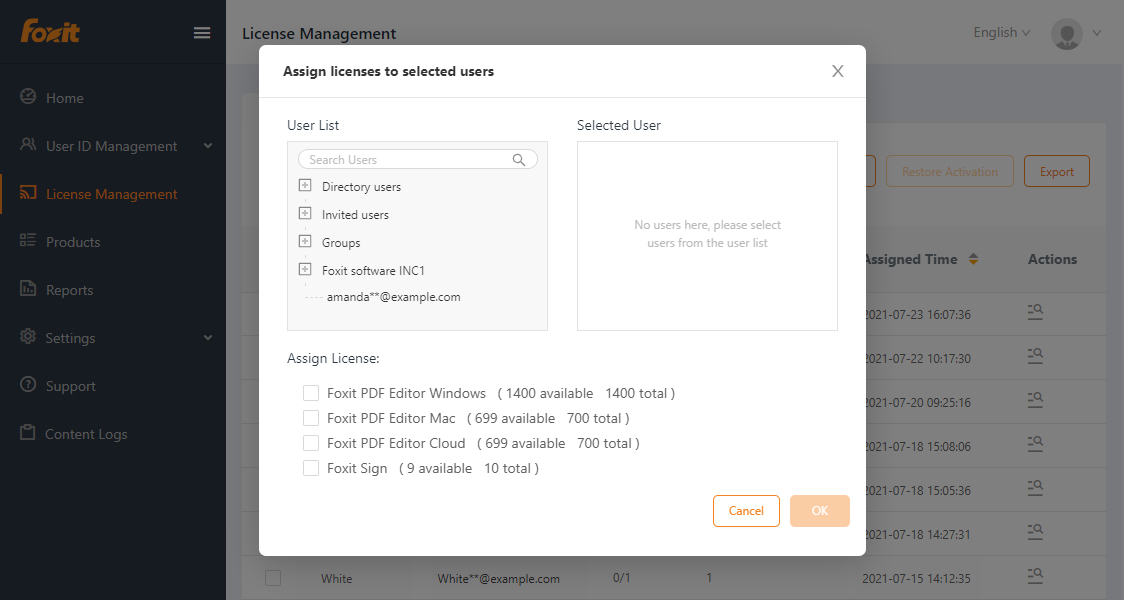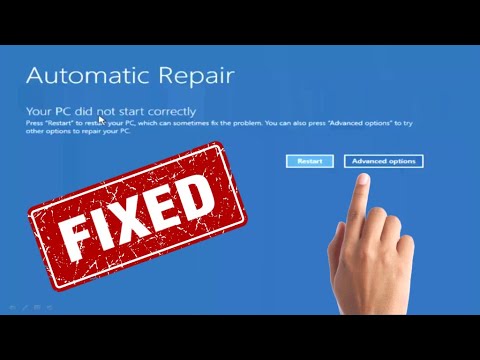
Right-click on the created desktop shortcut and select allow launchoption.Ĩ. cp /home/$USER/.local/share/applications/sktop ~/Desktop/

Simply copy the Foxit Reader shortcut to your desktop first.

Those who also want a desktop shortcut can follow the steps below. And all of a sudden, I have a Cloud Services service that I'm sure I opted out of, running itself without consent.Once the installation is complete, go to the Application Launcher on your Ubuntu system and search for Foxit. The "Plug-Ins" menu lists a bunch of plug-ins but doesn't let you modify or uninstall them, which kinda breaks the definition of plug-ins as I understand it (being something that you can also plug-out). Version for Windows makes me opt-out of all sorts of useless plug-in options at install and seems not to even bother asking my permission for a few. I thought Foxit might be the neat & clever answer to a relatively small computing requirement.įoxit was fine for a while but recently (I think) I've noticed Foxit going down the Adobe path. Adobe's reputation for security is one of the worst along with Oracle/Java, as is its reputation for large, inefficient programs that come riddled with bloatware (also along with Oracle/Java).

I used Adobe Reader for many years because it did the job and, let's face it - how excited can you get about a PDF reader?Ībout a year ago, I switched to Foxit Reader because it generally got quite good user reviews, and I really wanted to get away from Adobe.


 0 kommentar(er)
0 kommentar(er)
